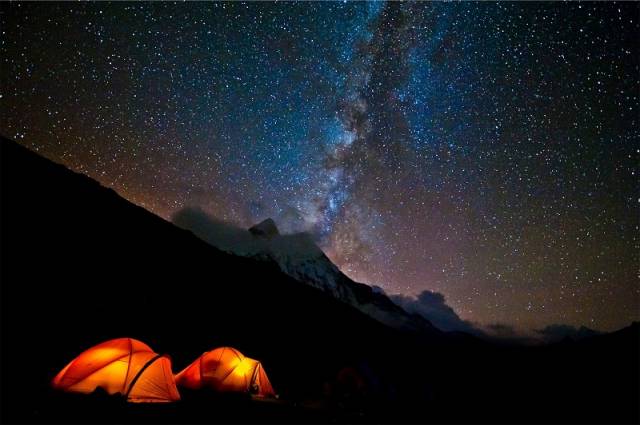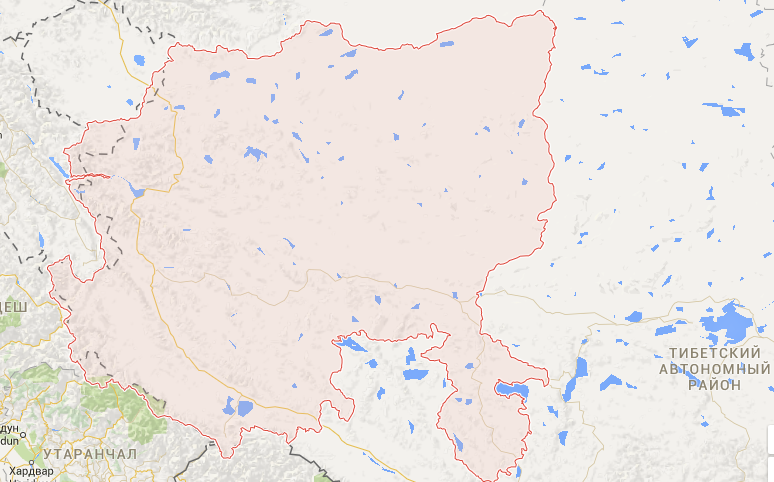In Tibet, create a reserve of dark sky for astronomers and lovers


The Chinese government is creating a special “dark sky reserve” on the territory of Tibet, in which a special regime will be observed to prevent light pollution. The main purpose of the innovation is to attract astronomers and ordinary tourists who want to be on the "roof of the world" and see the stars from a height of 4,000 meters above sea level. The project also includes the Chinese Biodiversity Conservation Organization, China Biodiversity Conservation, and the Green Development Foundation. At the event drew the attention of the British edition of The Times .
To track the work of the “dark sky reserves” there is a special non-profit organization International Dark-Sky Association (IDA) , the experts of which actually check the degree of light pollution of the territory, claiming the status of “reserve”. The organization publishes educational materials, including in Russian, one of which can be viewed, for example, at this link . IDA is not marginal in nature, does not call for the abandonment of electricity, and does not suit the high-profile actions that sometimes distinguish Greenpeace. On the contrary, the experts of the organization say that the fight against light pollution has, first of all, an economic meaning: if you install special filters at the light sources that prevent the light from spreading “in all directions”, then you can lower the lamp power and eventually achieve real benefits. It is estimated that artificial lighting takes 19% of the world's electricity, resulting in emissions of 1900 million tons of greenhouse gases. At the same time, about $ 4.5 billion is spent annually on "vain sky lighting."
The Chinese government has already requested certification from IDA. The reserve itself will have an area of approximately 2500 square kilometers and will be located in Ngari Prefecture, which is in the westernmost part of the Tibet Autonomous Region. If you follow the link in Google Maps , only with a significant increase in scale can you find the administrative center of the prefecture and a very weak network of roads connecting this area with India and the rest of Tibet:
')

Interestingly, last year, Wang Junjie, a researcher at the National Astronomical Observatory of the Chinese Academy of Sciences, complained that urbanization and, as a result, light pollution, made the observatories located near densely populated Beijing and Nanjing virtually useless. As a result, the work of scientists near Pingtang, in Guizhou province, who are looking for traces of extraterrestrial civilizations, is like "... attempts to distinguish between the sound of a cicada during peals of thunder."
As Geektimes previously reported , the problem of light pollution is also evaluated by European and American scientists. They estimate that 60% of Europeans and almost 80% of North Americans cannot see the luminous disk of our galaxy due to the influence of artificial lighting. Almost the entire population of Singapore, Kuwait, Malta can be added to them, as well as large areas near megacities such as New York or Moscow. Thus, it becomes clear why there are only 11 territories in the list of “night sky reserves” certified by IDA. There are evaluation criteria "weaker": according to them, the geographic area can be given the status of "Dark Sky Park" (Dark Sky Park) and Dark Sky Communities (Dark Sky Community).
Source: https://habr.com/ru/post/395389/
All Articles